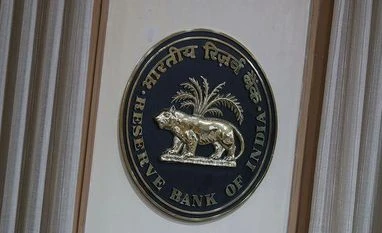The RBI on Tuesday said it has decided to adopt a simple four-tiered regulatory framework for Urban Co-operative Banks (UCBs) based on size of deposits, with an aim to strengthen their financial soundness.
An expert committee, headed by former RBI deputy governor N S Vishwanathan, had made a host of recommendations for strengthening the UCBs.
The committee had recommended a four-tiered regulatory framework based on size of deposits of the banks and their area of operations, among other suggestions.
The differentiated regulatory approach was mainly recommended for key parameters such as net worth, Capital to Risk-weighted Assets Ratio (CRAR), branch expansion and exposure limits. Membership to an Umbrella Organisation also formed a vital part of the recommendations.
The RBI has accepted several suggestions of the committee.
"It has been decided to adopt a simple four-tiered regulatory framework with differentiated regulatory prescriptions aimed at strengthening the financial soundness of the existing UCBs," as per RBI's Revised Regulatory Framework for UCBs.
Specifically, a minimum net worth of Rs 2 crore for Tier 1 UCBs operating in single district and Rs 5 crore for all other UCBs (of all tiers) has been stipulated.
This, the RBI said, is expected to strengthen the financial resilience of the banks and enhance their ability to fund their growth.
As per the data reported by UCBs as on March 31, 2021, most of the banks already comply with the requirement.
The UCBs which do not meet the requirement will be provided a glide path of five years with intermediate milestones to facilitate smooth transition to the revised norms.
The RBI further said the minimum CRAR requirement for Tier 1 banks is retained at the present prescription of 9 per cent under current capital adequacy framework based on Basel I.
For Tier 2, Tier 3 and Tier 4 UCBs, while retaining the current capital adequacy framework, it has been decided to revise the minimum CRAR to 12 per cent so as to strengthen their capital structure, the central bank said.
The RBI also decided to introduce automatic route for branch expansion for UCBs which meet certain norms, in order to boost growth opportunities in the sector.
"In respect of housing loans, it has been decided to assign the risk weights on the basis of Loan to Value (LTV) Ratio alone which would result in capital savings. This will be applicable to all Tiers of UCBs," it said.
The committee had also made certain recommendations regarding Umbrella Organisation (UO) for the UCB sector.
On this, the RBI said it will be examined once the entity is fully operational.
The Reserve Bank had accorded regulatory approval for setting up of UO for UCB sector which will have a paid-up capital of Rs 300 crore.
The National Cooperative Finance and Development Corporation Limited (NCFDC) has been incorporated, which is in the process of enrolling UCBs as members.
As on March 31, 2021, there were 1,534 UCBs (53 scheduled and 1,481 non-scheduled) with an aggregate asset size of Rs 6.57 trillion. They constituted 3.4 per cent of the asset size of commercial banks.
Unlock 30+ premium stories daily hand-picked by our editors, across devices on browser and app.
Pick your 5 favourite companies, get a daily email with all news updates on them.
Full access to our intuitive epaper - clip, save, share articles from any device; newspaper archives from 2006.
Preferential invites to Business Standard events.
Curated newsletters on markets, personal finance, policy & politics, start-ups, technology, and more.
)